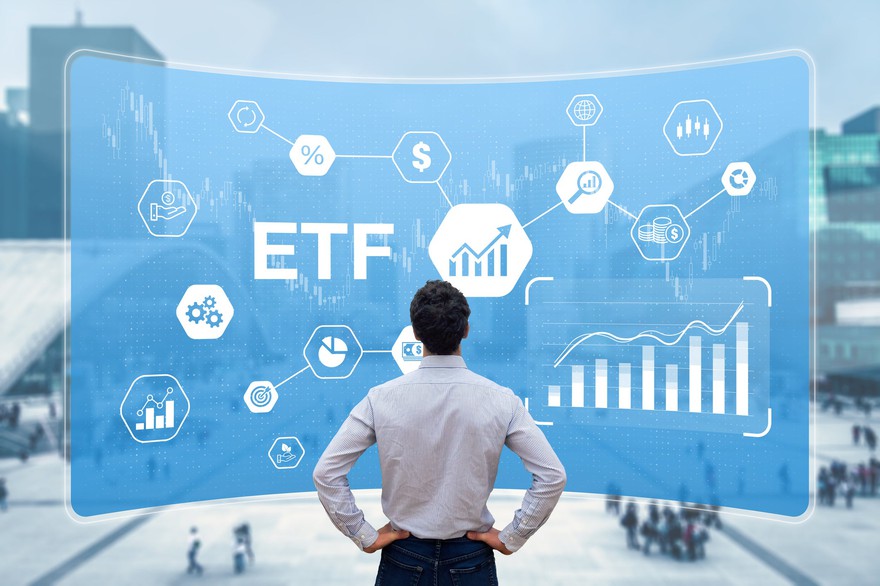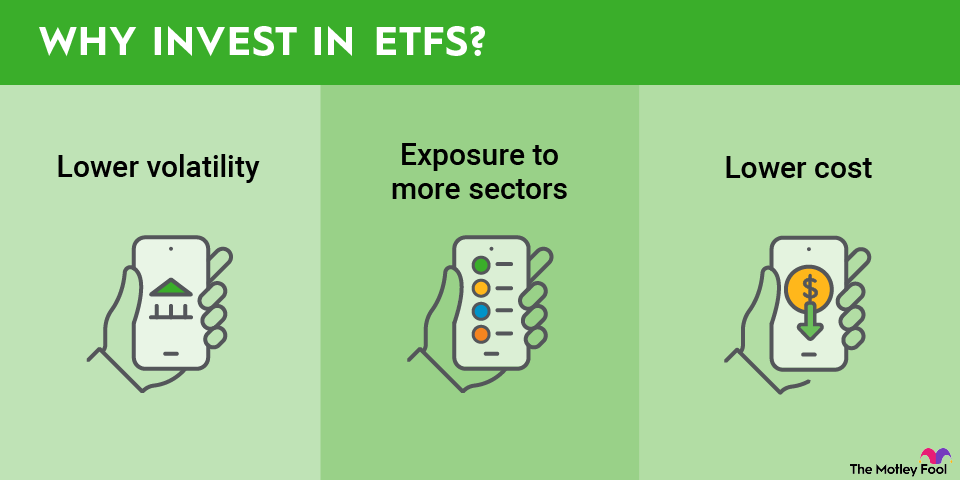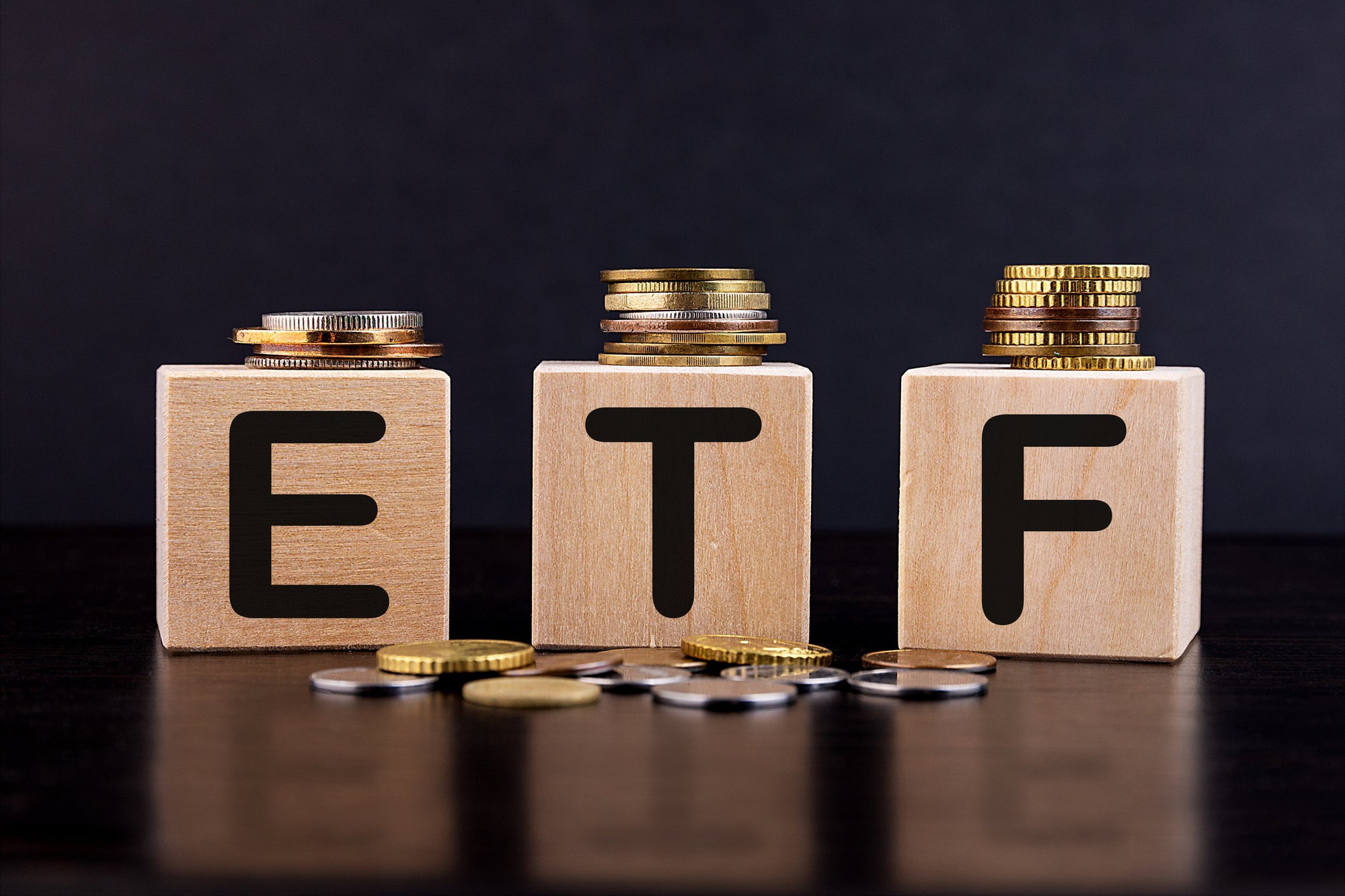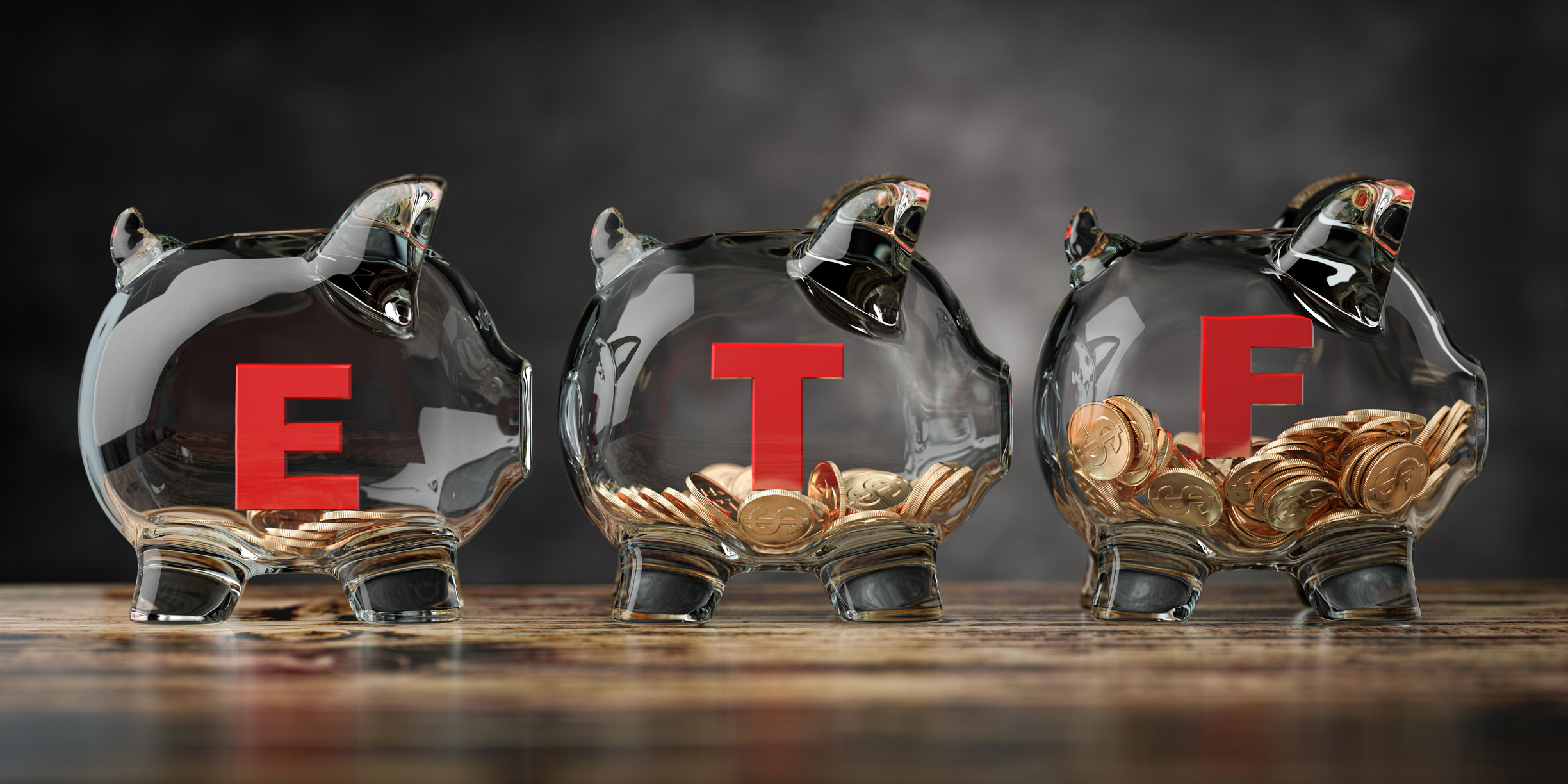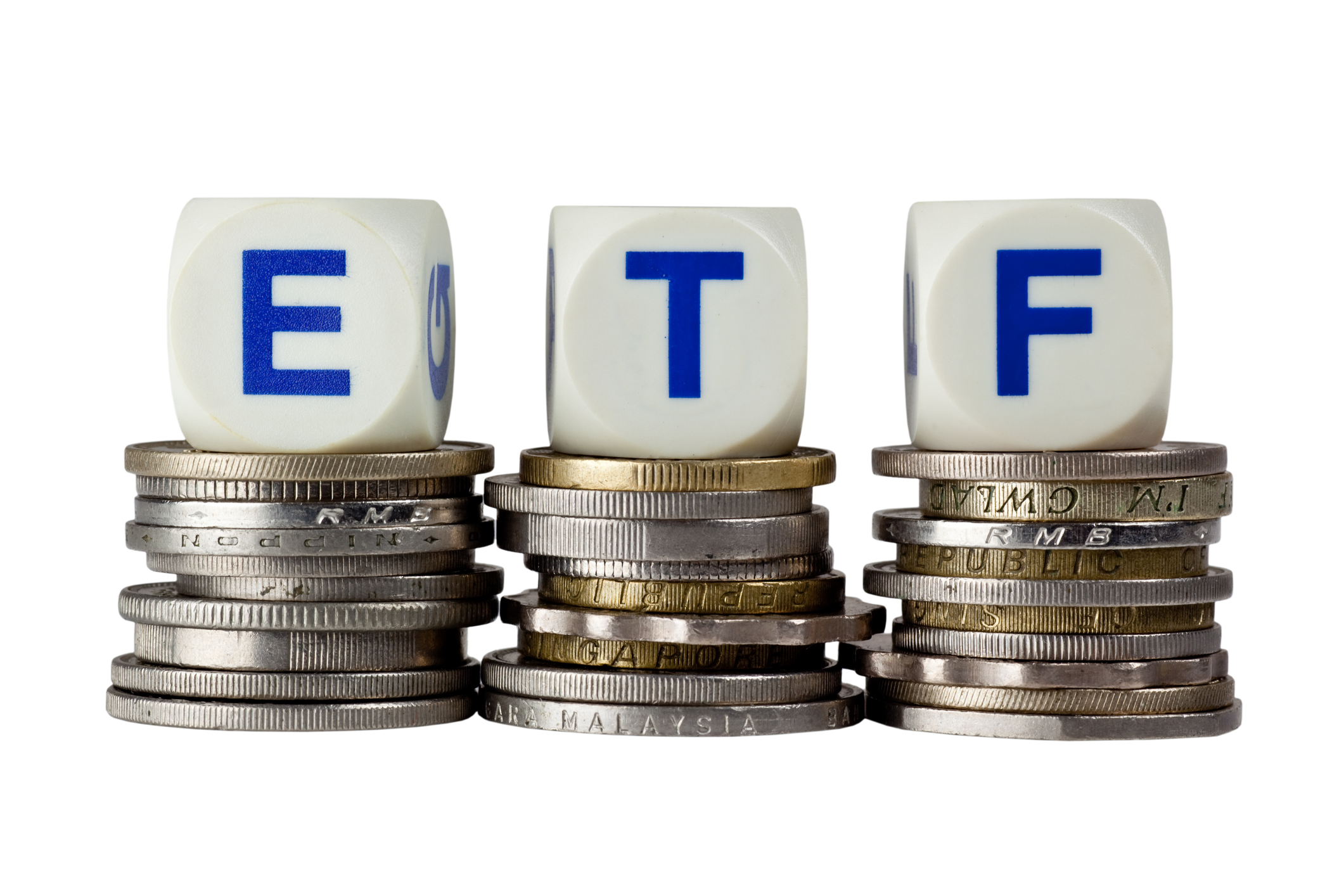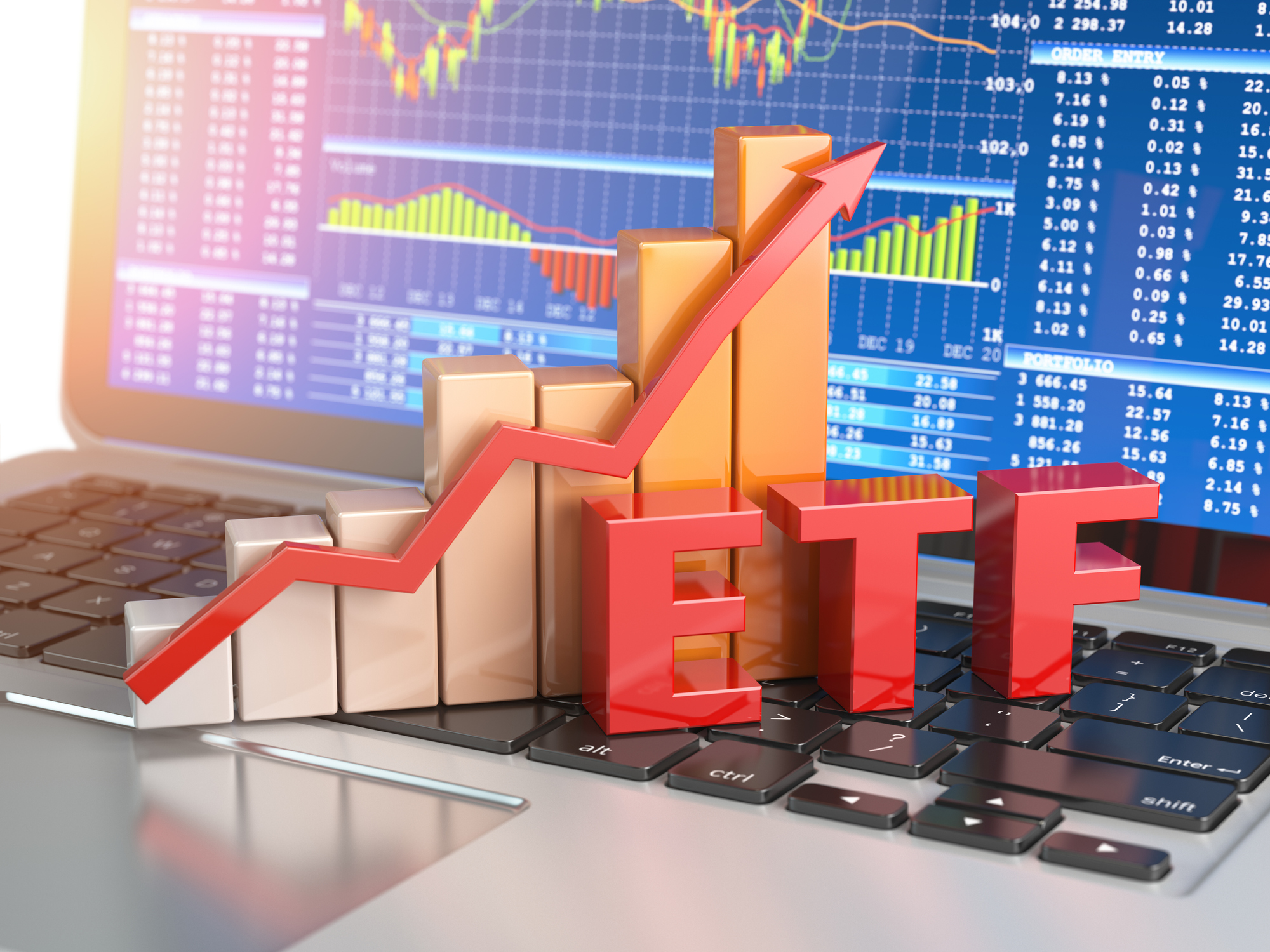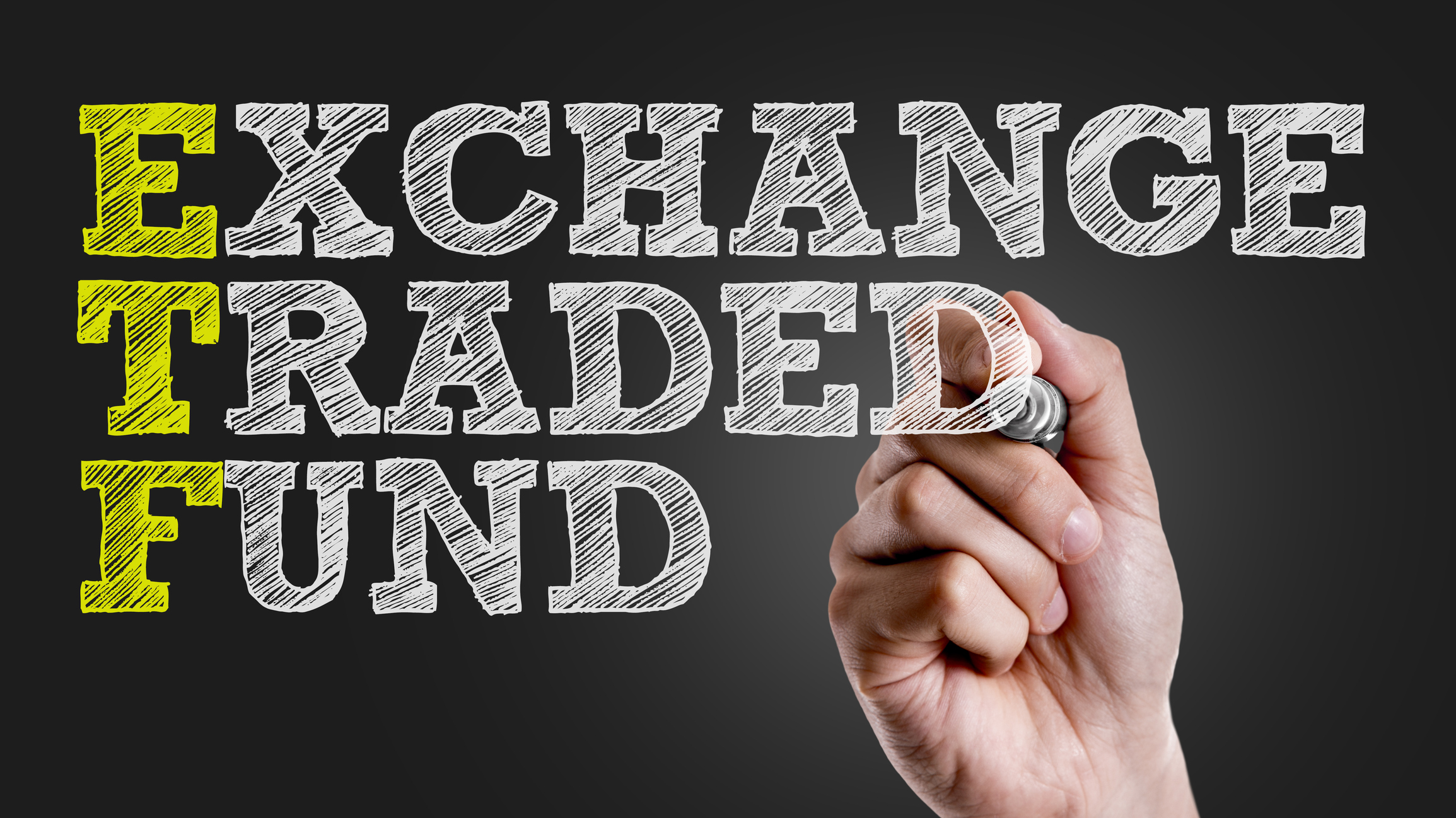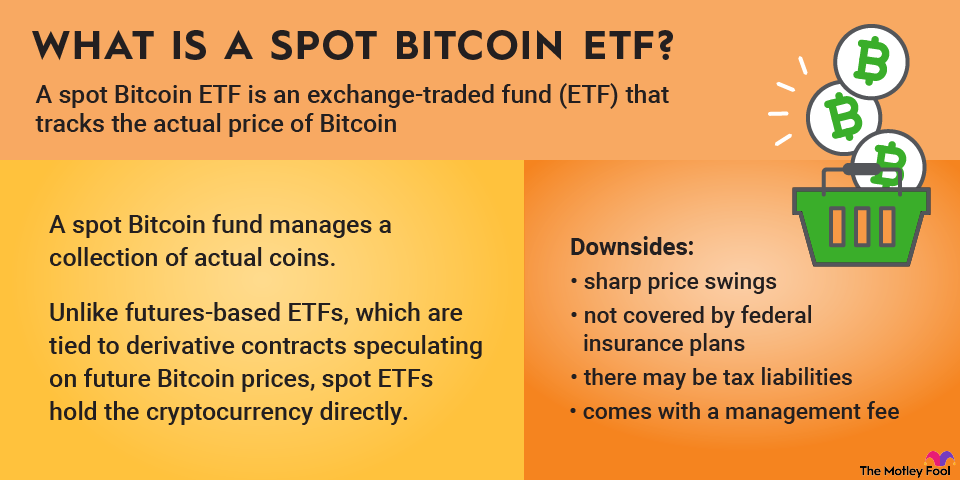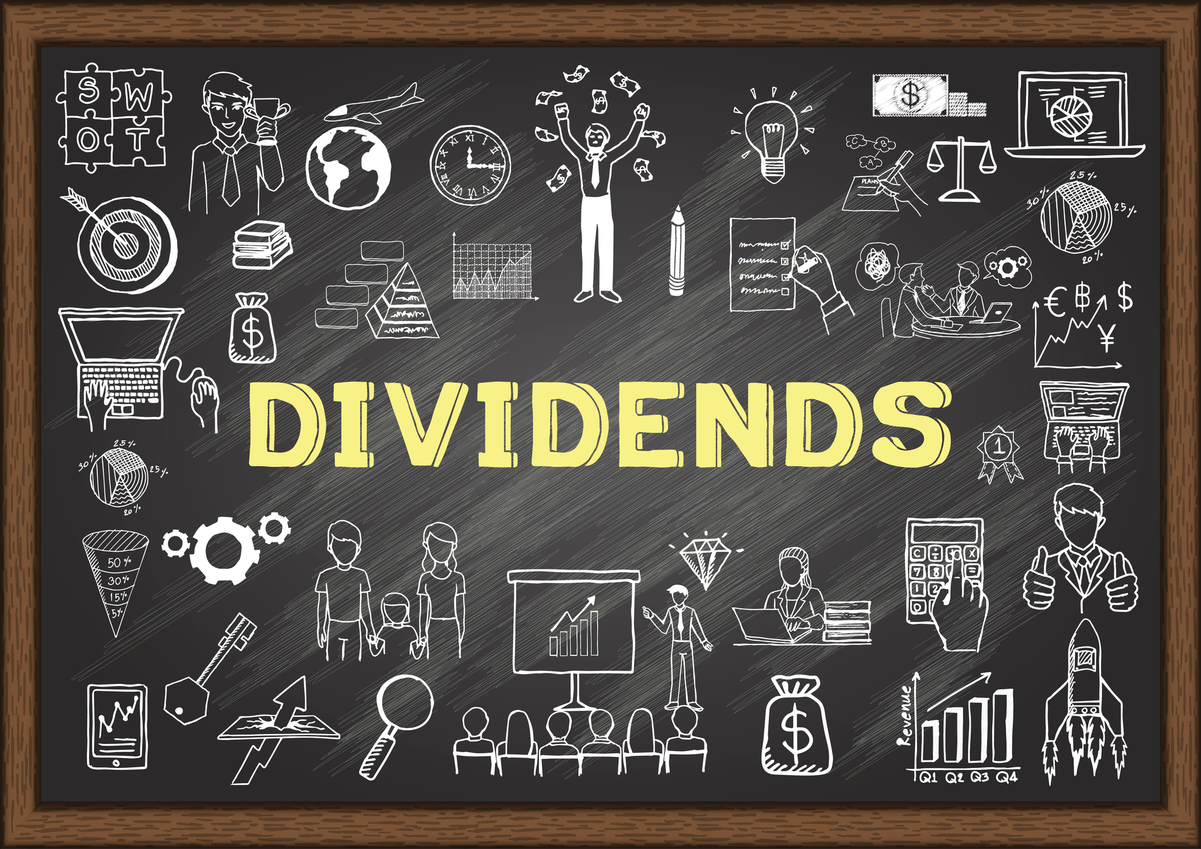Commodity exchange-traded funds (ETFs) provide exposure to metals, energy, and agricultural products without the hassle of direct ownership. While gold and silver can be stored, commodities like oil, natural gas, and wheat are harder to hold—making commodity ETFs a practical solution.
These ETFs offer diversification thanks to their low correlation with stocks and bonds, like some popular index funds, and can hedge against inflation, as commodities often rise in value when prices increase. However, they’re also fairly volatile, influenced by supply and demand, geopolitical events, and economic conditions.
With popular options tracking gold, crude oil, and natural gas, commodity ETFs make it easy to invest in this dynamic asset class. Here's what you need to know.

4 commodities ETFs to invest in 2025
When investing in commodity ETFs, it’s important to choose funds that offer broad diversification across multiple sectors like metals, energy, and agriculture while keeping costs low.
For this list, we screened for ETFs that provide exposure to a wide range of commodities rather than focusing on a single asset like gold or oil.
We also prioritized funds that don’t require a K-1 tax form, which is commonly issued by partnership-structured ETFs. K-1s can complicate tax filings and cause delays compared to standard 1099 forms, making them less convenient for individual investors.
Commodities
Related investing topics
Should I invest in commodities ETFs?
Commodity ETFs can be valuable portfolio tools, but whether they’re right for you depends on your investment approach. There are two primary ways to use them.
The first is as a trading tool -- actively speculating on commodity price movements. This requires daily monitoring and a strong understanding of commodity cycles, as prices can be highly volatile. Traders often use leveraged or futures-based ETFs to capture short-term price swings, but these require careful risk management.
The second is for diversification -- allocating around 20% of a portfolio to commodities and rebalancing periodically. Since commodities have a low correlation to stocks and bonds, they can help stabilize a portfolio, especially during inflationary periods or market downturns. In 2022, for example, commodities rallied while both stocks and bonds declined, making them an effective hedge.
However, commodities can also experience steep losses when trends reverse, such as the collapse in oil prices during the COVID-19 pandemic. Additionally, many of these ETFs rely on futures contracts, which can lead to large end-of-year capital gains distributions, creating tax inefficiencies for investors in taxable accounts.
For those who understand the risks, tax implications, and market drivers, commodity ETFs can be a powerful tool -- but they require careful consideration before adding them to a portfolio.




